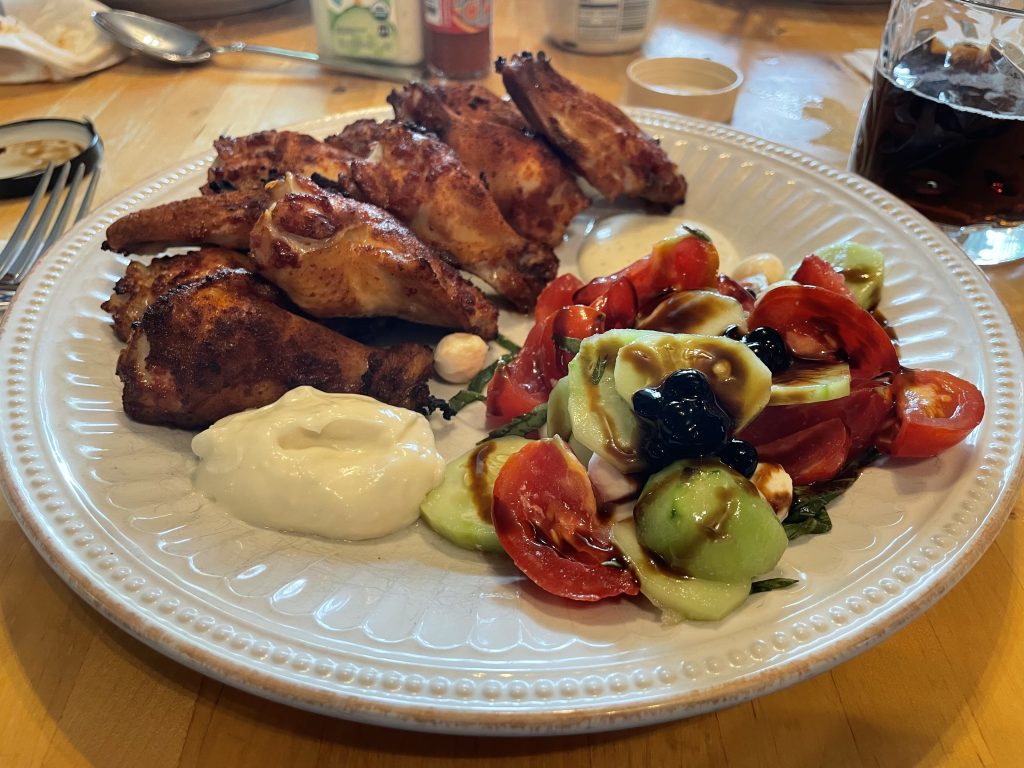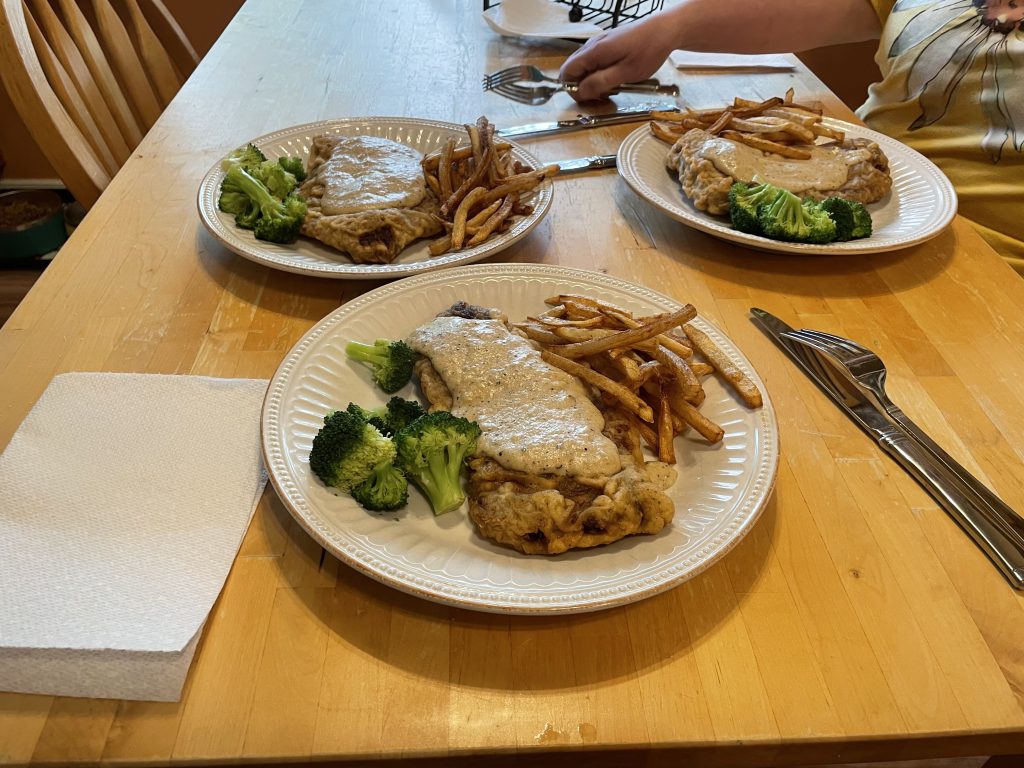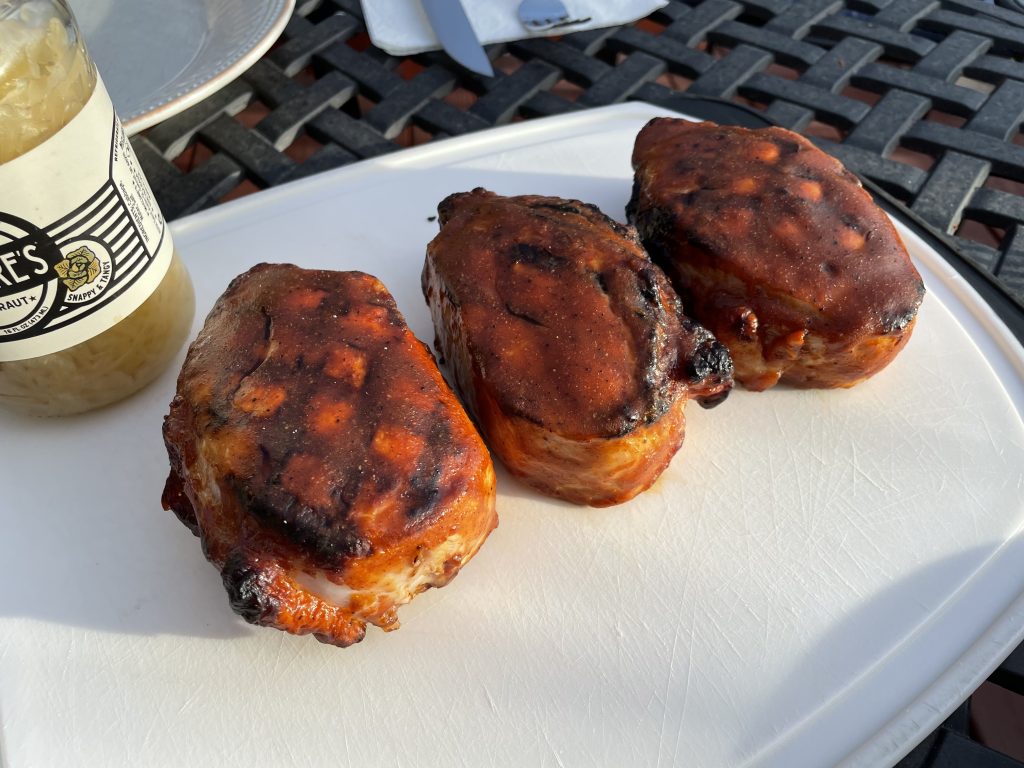Alton Brown had an amusing take on these flat meat diner foods in which he concluded that regional variances render this American staple undefinable. And if you were to try to find agreeable definitions, you would indeed be engaging in folly. Fortunately, I’m never too concerned with being agreeable here, so I’ll happily offer definitions.
Chicken-fried steak: flattened beef cutlet breaded with flour and deep-fried, then topped with sawmill gravy. Served with fries.
Country-fried steak: flattened beef cutlet breaded with flour and pan-fried, then topped with broth-based brown gravy. Served with fries.
Salisbury steak: cubed beef cutlet breaded with flour and pan-fried, topped with onions and braised in tomato sauce with broth. Served with mashed potatoes or vegetables.
There. I’ve managed to piss everyone off now.
But as for the nostalgia-based reason for this post: I miss chicken-fried steak, which was a staple of my west-Texas childhood. Every restaurant, diner, and cafeteria had it – usually as the first item on the kids’ menu. The Midwest, however, seems to favor country-fried steak. And I don’t remember ever seeing Salisbury steak outside TV dinners. And none of these variations are very common at all now, seeming only to occupy a niche in country home kitchen type restaurants like Bob Evans or Cracker Barrel (neither of which are very good, I’ll add).
But not being terribly culinary difficult, it can be easily made at home. Which I did.
Family reviews indicated that it was “not terrible”, and “not the worst thing I’ve ever had”. So I guess that’s why it doesn’t find its way onto many menus. It’s in actuality cheap food with minimal spices, relying on flavor through caloric addition.
But it did bring back memories.
–Simon







